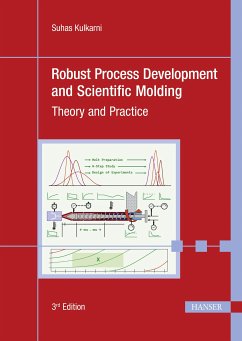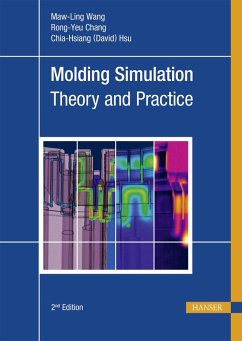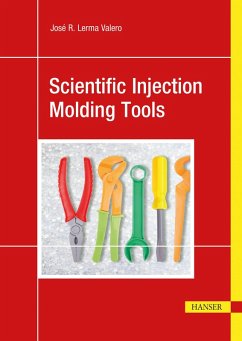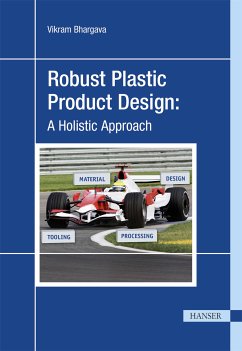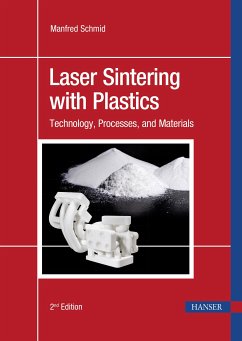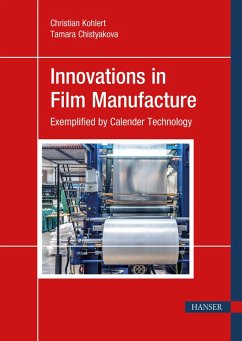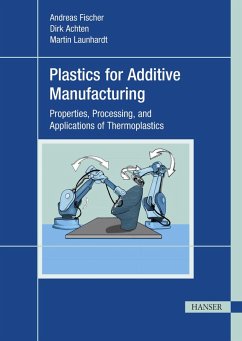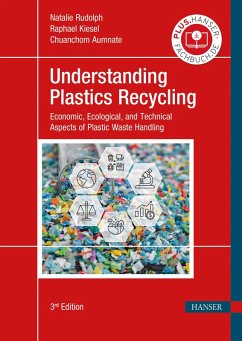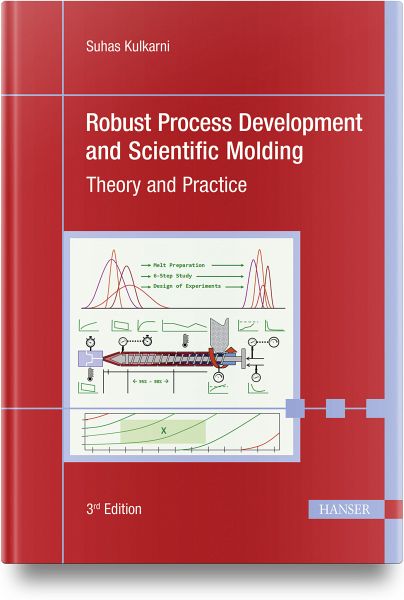
Robust Process Development and Scientific Molding (eBook, ePUB)
Theory and Practice
Versandkostenfrei!
Sofort per Download lieferbar
101,95 €
inkl. MwSt.
Weitere Ausgaben:

PAYBACK Punkte
51 °P sammeln!
This book introduces the reader to the concepts of Scientific Molding and Scientific Processing for Injection Molding, geared towards developing a robust, repeatable, and reproducible (3Rs) molding process. It explains the underlying principles of polymer science: the properties that are important to injection molding and their application to molding process development. The effects of polymer morphology, thermal transitions, drying, and rheology on the injection molding process are explained in detail. The development of a robust molding process is broken down into two sections: the Cosmetic ...
This book introduces the reader to the concepts of Scientific Molding and Scientific Processing for Injection Molding, geared towards developing a robust, repeatable, and reproducible (3Rs) molding process. It explains the underlying principles of polymer science: the properties that are important to injection molding and their application to molding process development. The effects of polymer morphology, thermal transitions, drying, and rheology on the injection molding process are explained in detail. The development of a robust molding process is broken down into two sections: the Cosmetic Process and the Dimensional Process. Scientific molding procedures to establish a 3R process are provided. The concept of Design of Experiments (DOEs) for and in injection molding is explained, giving insight into the cosmetic and dimensional process windows. A plan to release qualified molds into production with troubleshooting tips is also provided. Topics that impact a robust process such as the use of regrind, mold cooling, and venting are also described. Readers will be able to utilize the knowledge gained from the book in their day-to-day operations immediately. This third edition includes a completely new subchapter covering melt preparation, as well as much additional, revised, and updated material throughout the book. The revisions are deeply informed by the author's long and ongoing experience as a trainer, resulting in improved ways to conduct a study, perform experiments, or explain a concept.
Dieser Download kann aus rechtlichen Gründen nur mit Rechnungsadresse in A, D, L ausgeliefert werden.




